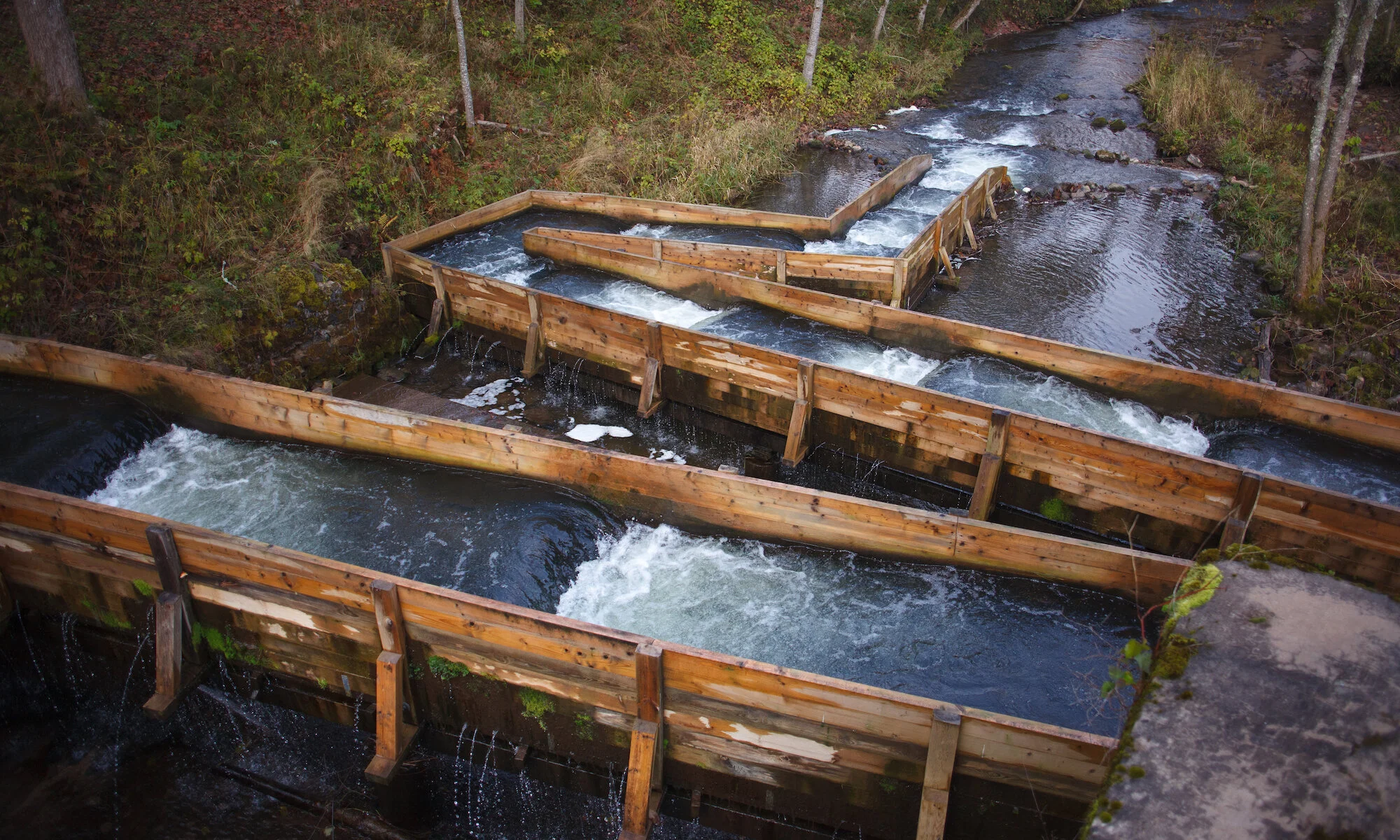The concept of a ‘Big Bet’ is where a donor invests significantly and over multiple years in an organization or a network that is working to solve a major challenge. As William Foster wrote in Forbes, reasonable criteria for funding these efforts are 1) addressing a compelling problem; 2) identifying a plausible pathway that is big enough to matter, and small enough to believe; 3) developing strong evidence that the approach works and can deliver the intervention effectively, and 4) designing a detailed and plausible plan to scale the approach.
What is notable about ‘big bets’ is how much this approach diverges from most funding processes in terms of commitment, flexibility, risk, and timeline. This is in contrast to most donors’ approaches, which are oriented around a one-year grant, project outputs, and discrete, shorter-term goals. Using this typical approach, why would donors expect significant progress to be made on difficult challenges that are complex and evolve with changing conditions, and generally take multiple years to address?
Donor’s influence shapes the incentives and operating environment for grantees and partners. This often means that organizations will focus on ‘low-hanging fruit’ metrics – outputs that can be counted, such as the number of workshops organized and participants involved – which demonstrate a quantifiable form of project delivery. But these forms of accountability can lead to a situation where an organization may meet or even exceed promised project deliverables in successive years, ensuring funding consistency, but still fall short in making progress toward their more ambitious goals, their vision, their purpose for existing.
This creates a tension between expectations and resources. On the one hand, how can donors balance their desire for grantee and partner accountability, which is often defined as delivering outputs and accounting for money spent? While on the other hand, how do donors move past this form of limited accountability and put greater emphasis on supporting organizations and networks to innovate and iterate smart strategies and make progress on longer-term challenges and goals?
Do most funding modalities align with donors’ stated priorities for long-term impact and change in the world? Do organizations have the flexibility to deploy their funding as they see fit?
The movement within some prominent foundations to state their support in fully funding costs and emphasizing core support over project grants is a good step forward. And yet, despite years of discussion around these ideas, mainstreaming has been quite limited. Why is that?
Take a human rights organization that uses advocacy and campaigning approaches to influence policy. What metrics might make sense that would indicate progress towards long-term policy change goals? Would donors accept the slower process of developing deeper relationships with key policymakers, garnering statements of support from governments and businesses, or commitments to adopt certain policies or programs? Can we create better ways to assess “awareness-raising” that move away from compiling unreliable social media impression statistics? Might donors be open to these more impactful measures, despite the longer time frame?
If donor accountability requirements are not leading to desired longer-term results, is there space to reconsider how the non-profit funding ecosystem operates, and test new ways of approaching and funding the problems we are trying to solve?
Organizations that are trying to make difficult long-term change know that progress can be halting and looks more like ‘one step forward and two steps backward and one step sideways’ rather than a linear A to Z path. What is more likely to be successful is an iterative process where you know where you’re trying to go, but accept that the path will likely change over time.
Instead of measuring outputs, are theories of change, higher risk thresholds, and longer-term forms of flexible support and collaboration a plausible way to lay the ground work to make substantial progress on tough problems?
Can networks of donors come together with interdisciplinary experts in their respective fields and make commitments and investments to find ‘smart solutions’ to tackle dozens or hundreds of social challenges? Can donors support a research and action agenda to develop better monitoring and evaluation systems to capture difficult to measure progress towards fulfilling longer-term goals?
These are the types of problems that are best solved when everyone shares their best thoughts. What great ideas are you considering or testing to overcome these barriers to achieving breakthrough progress?
Please share your successes, and the challenges we can address together with the Deep Breadth community by emailing us at db@deepbreadth.co. Let us know if it’s okay for us to share your ideas and if we may credit you or your organization.

